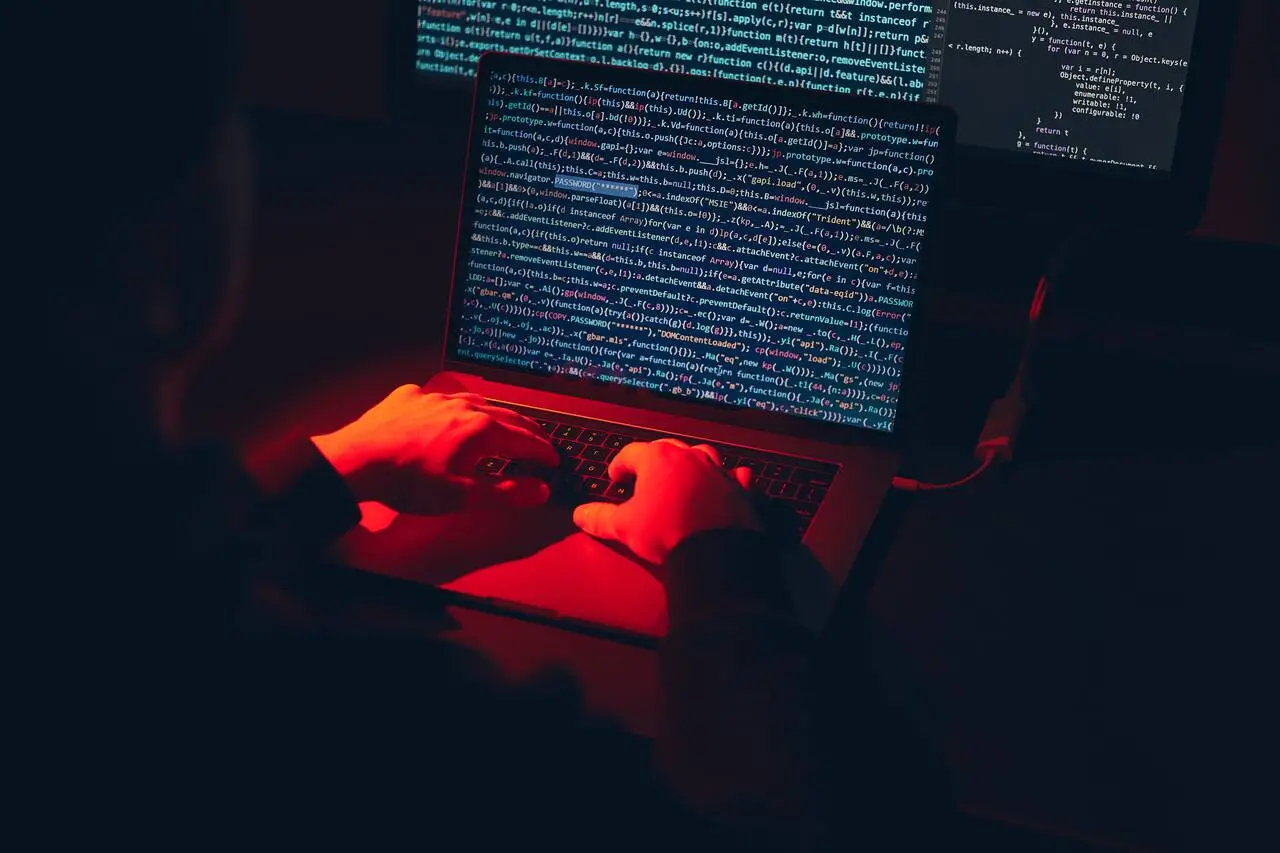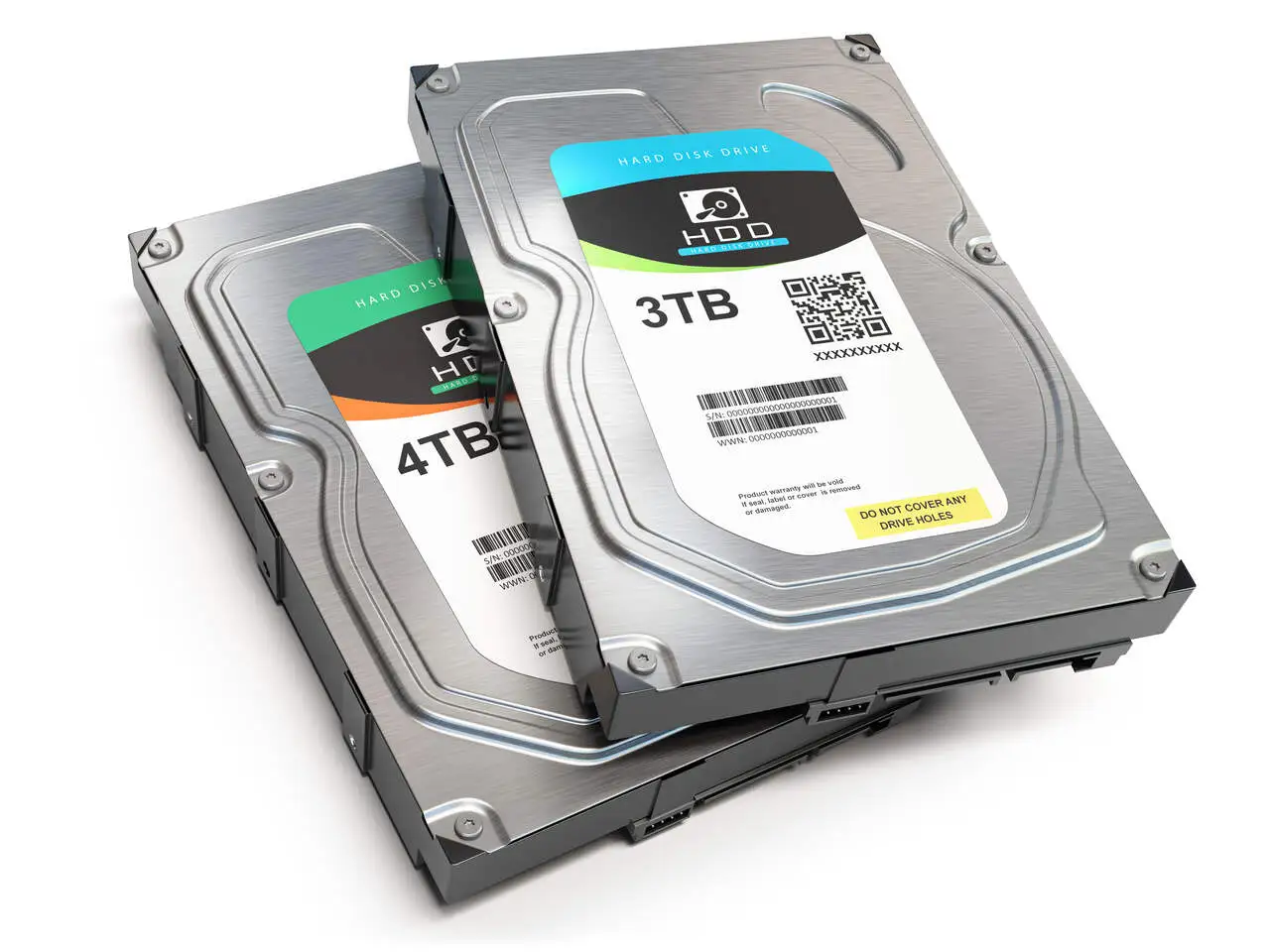Recovery of files affected by Cooming Ransomware
We retrieve data that has been encrypted by the majority of ransomware file extensions on any type of storage device
- VMware ESXi
- Microsoft Hyper-V
- Microsoft SQL Server
- Firebird
- Oracle
- VMware ESXi
- Microsoft Hyper-V
- Microsoft SQL Server
- Firebird
- Oracle

WORLDWIDE SERVICES
CASES OF LOCKBIT ATTACK
CASES OF BLACK CAT ATTACK
CASES OF HIVE LEAKS ATTACK
CASES OF MALLOX ATTACK
AMOUNT SAVED FOR NOT DEALING WITH HACKERS
Decrypt Cooming ransomware files
By utilising our distinctive methods, the restoration of Cooming encrypted files has become a feasible prospect.
When faced with such a calamitous event, the options available are limited, particularly if backups have been compromised or are not current. The count of companies that have ceased operations due to the encryption of their data has reached a staggering level.
In numerous instances, even if the ransom is paid, the cyber criminals fail to provide the Cooming decryption key, leaving victims with no recourse to a higher authority.
Digital Recovery offers solutions that can decrypt files impacted by ransomware. Our recovery projects have yielded impressive results.
Why Digital Recovery?
With more than 23 years of experience, we have accumulated satisfied customers around the world. We can run most of our solutions remotely, and we have multilingual support.
With the surge of Cooming ransomware attacks worldwide, we specialise in decrypting ransomware. We have devised a distinct solution that can be utilised for the vast majority of storage devices, Virtual Machines, RAID Systems, Storages (NAS, DAS, SAN), Databases, Servers, and many other applications.
Our specialists are highly qualified and equipped with the latest technologies available in the data recovery market. The most significant of these is TRACER, our proprietary technology that has delivered outstanding results in decrypting Cooming ransomware files.
We offer an advanced diagnosis that enables us to comprehend the scope of the attack. This initial diagnosis can be completed within 24 business hours of receiving the samples. Subsequently, we provide a commercial agreement, which once accepted, initiates the file decryption process.
All our solutions are supported by the General Data Protection Regulation (GDPR), through which we offer total security to our customers. We also provide a confidentiality agreement (NDA) written by our legal department. But if you feel more comfortable in providing an NDA written by your own company, we are open to analyse and accept it, if necessary.
We are
always online
Please fill out the form, or select your preferred contact method. We will contact you to start recovering your files.
Success stories
What our clients say about us
"We had a serious problem after a power failure of a NAS server in Raid 5. I immediately contacted DIGITAL RECOVERY. After a few days of hard work the problem was solved."

"One of our raid servers had stopped. After several attempts without solving the problem we found DIGITAL RECOVERY and 5 hours later, at 4am, the data was recovered."

"We appointed DIGITAL RECOVERY in a special case (of data loss) in a raid 5 storage. Digital Recovery was able to recover 32 million files so our customer was extremely satisfied.”

"Without a doubt the best data recovery company in Latin America. The contact Digital Recovery will always be saved on my phone, because inevitably I will need again."

"The quality of the service is excellent. The attention given to customer service is gratifying and the feedback we receive reassures us that we can trust the work and dedication."

Customer since 2017
"Great company, they saved me from a big problem! I recommend, fast service, my thanks to the Digital Recovery team for the attention and quick solution to the problem! Show!"

"Second time that I count with the agility and professionalism of the Digital Recovery team, they are very experienced and agile. I recommend to all"

"They helped me recover some data that I had thought was lost. I had a great experience with the team for their calmness, agility and transparency."










Answers from our experts
The recovery of Cooming ransomware files is only possible because we have developed a proprietary technology that allows us to locate the encrypted files and reconstruct them, in many cases. This process requires knowledge about the storage device that was affected, without which the files can be corrupted and recovery would not be possible. Our experts have extensive knowledge about each of the major storage devices, such as: RAID systems, Storages (NAS, DAS, SAN), Databases, Servers, Virtual Machines, and more.
How to choose a company to decrypt my data?
Only a handful of companies across the globe possess the capability to decrypt Cooming ransomware files, and as a result, information on this possibility is limited. In fact, many people believe that recovery is impossible, owing to the lack of knowledge and incorrect information circulating online.
Nonetheless, there are reputable companies, like Digital Recovery, that have developed reliable solutions for decrypting Cooming ransomware files. However, due to the confidential nature of such operations, formal testimonials are often hard to come by.
Considering all these factors, it is crucial to seek out reputable companies with several years of experience in the data recovery industry. These companies should provide expert assistance from the initial contact, enabling customers to communicate with professionals who can address their concerns and provide appropriate solutions.
How much does the process to decrypt Cooming ransomware cost?
The cost to decrypt Cooming ransomware can vary depending on the severity of the attack and the complexity of the decryption process. The cost may also depend on the version of Cooming ransomware and the specific files that need to be decrypted. This can only be determined once the extent of damage caused by the ransomware has been analysed and the possibility of decryption has been evaluated.
It’s important to note that there is no guarantee that decryption will be successful, and some files may be permanently lost or corrupted. Therefore, it’s important to find a company that doesn’t ask the full amount of the project upfront. It’s best to consult with a reputable data recovery company to get an accurate estimate of the cost for your particular situation.
Is negotiating with Cooming hackers a good option?
Criminals count on the victim contacting them in the first few hours after the attack, so they use threats expressed in the ransom terms, in this first contact the victim will be under strong stress and may give in more quickly to the criminals’ whims.
We recommend that the victim should not contact the Cooming group, but contact professionals in this field, so that, accompanied by an expert, they can analyse the data and verify the possibilities of recovery.
Latest insights from our experts

Data Loss, a Real and Present Risk!
Data loss is a critical problem that affects individuals, companies and organisations of all sizes, and can result in devastating consequences, from the loss of

What is a zero-day attack?
A zero-day attack is a type of cyber threat that exploits a software vulnerability unknown to the developers or manufacturers of the software in question.

Best HD brands
When talking about the best hard drive brands, it’s important to consider various aspects such as reliability, performance, storage capacity and value for money. These
What you need to know
How to prevent a Cooming ransomware attack?
Cooming Ransomware attacks are becoming increasingly common and can have devastating effects on businesses and individuals alike. Here are some steps you can take to help prevent a ransomware attack:
- Keep your software up to date: Make sure your operating system, web browser, and other software are all up to date with the latest security patches. Many ransomware attacks exploit vulnerabilities in older software versions.
- Use strong passwords: Use long, complex passwords and two-factor authentication to protect your accounts from unauthorised access. Avoid using the same password for multiple accounts.
- Be cautious of suspicious emails: Phishing emails are a common way for ransomware to infiltrate systems. Be wary of emails from unknown senders or emails that contain unexpected attachments or links.
- Back up your data: Regularly back up your important files to an external hard drive or cloud storage service. This can help you restore your data in case of a ransomware attack.
- Install antivirus software: Install reputable antivirus software on your computer and keep it up to date. Antivirus software can detect and prevent many types of malware, including ransomware.
- Limit access to sensitive information: Limit access to sensitive information only to those who need it. This can help reduce the risk of accidental exposure or intentional theft.
- Train employees: Educate your employees about ransomware and how to avoid it. Teach them to be cautious of suspicious emails and to report any potential security threats to IT.
By following these steps, you can help reduce the risk of a Cooming ransomware attack and protect your data and systems.
What is the most common means of access used by Cooming hackers to break into environments?
The most common means of access used by Cooming hackers to break into environments is through exploiting vulnerabilities in software, hardware, or human behaviour. This can include:
- Phishing attacks: Hackers use fraudulent emails, social media messages, or phone calls to trick individuals into revealing their login credentials or other sensitive information.
- Password attacks: Hackers use various techniques, such as brute force or dictionary attacks, to guess or crack passwords.
- Malware: Hackers use malicious software, such as viruses, worms, or Trojans, to infect computers or other devices and gain access to sensitive data.
- Software vulnerabilities: Hackers use known vulnerabilities in software, such as operating systems, web servers, or applications, to gain unauthorised access to a system.
- Misconfigured or unpatched systems: Hackers exploit weaknesses in system configurations or outdated software that has not been patched or updated to gain access.
- Social engineering: Hackers use social engineering techniques, such as pretexting or baiting, to manipulate individuals into divulging sensitive information or granting access to secure systems.
To reduce the risk of a successful attack, it’s important to implement security best practises, such as strong passwords, two-factor authentication, regular software updates and patches, employee security awareness training, and the use of security tools like firewalls, intrusion detection systems, and antivirus software.
Is there any behaviour of my server that I can analyse to know if I am being attacked by Cooming Ransomware?
Suspicious behaviour such as high usage of processing, memory, and disk access should be thoroughly investigated to determine if a ransomware attack is in progress. Cooming Ransomware typically exploits a machine’s own resources to carry out the encryption process and exfiltration of data. Detecting the attack can also be done by observing changes in file extensions, although this method is more complicated as the encryption process may have already started.
What happens if I don't pay the Cooming ransom?
The data will remain encrypted, it will be necessary for the affected machine to be formatted. By doing so all stored data will be lost.
But in cases where the Cooming group uses the double extortion tactic of copying and extracting all files and encrypting the original data, the stolen files will be posted on the group’s website or Dark Web forums and all original data will remain encrypted on the affected device, requiring the device to be formatted.



